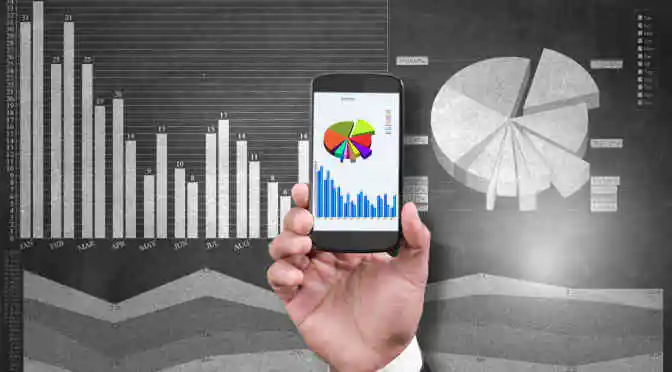Oncology was one of the largest and fastest growing segments of the Global Biosimilars Market in 2013. But the market is expected to more than triple in size by 2018, surpassing the billion dollar mark and growing at a CAGR of almost 30 percent.
This is mainly attributed to the increasing prevalence of oncology along with the rise in the aging population and changing lifestyles. A number of biopharmaceutical agents are expected to lose patent protection in Europe during the forecast period. Hence, more biosimilar medicines are likely to become available for use in the Oncology segment.
Some of the molecules that are expected to be launched are pegfilgrastim and rituximab (GP-2013) by Novartis, which are currently in the phase III stage of development. The focus of biosimilar development in oncology is likely to shift from medicines used in the supportive care setting to agents that provide life-saving or life-extending benefits such as mAbs.
The biosimilars that are used for the treatment in oncology are biosimilar versions of Herceptin, Avastin, Rituxan/Mab Thera, and Erbitux.
3 Driving Forces for Oncology Biosimilars
1. Biologics in Cancer Treatment
Biosimilars used in the treatment of oncological disorders are dominating the market because of the increased emergence of biologics in cancer treatment. This is a lucrative area for manufacturers and has huge potential for growth because of the financial incentives in developing biosimilar versions and the opportunity to capture a larger share of the market.
2. Low-Cost Treatment Options
The demand for low-cost options over expensive therapies continues to persist worldwide. The high developmental costs associated with biologic products results in high treatment costs, prompting vendors to develop low-priced oncology biosimilars to effectively compete in the market.
3. Strong Biologic Product Pipelines
Biologic products have become common in innovator pipelines, thereby ensuring future market potential. All the big vendors, including Sandoz and Hospira, are dedicatedly building commercial plants for the manufacture of biologic drugs to meet future demands.
Despite the fact that the market is facing challenges from the US FDA, oncology biosimilar sales are expected to increase during the forecast period by virtue of the EMEA and APAC regions driving the growth of the market.



